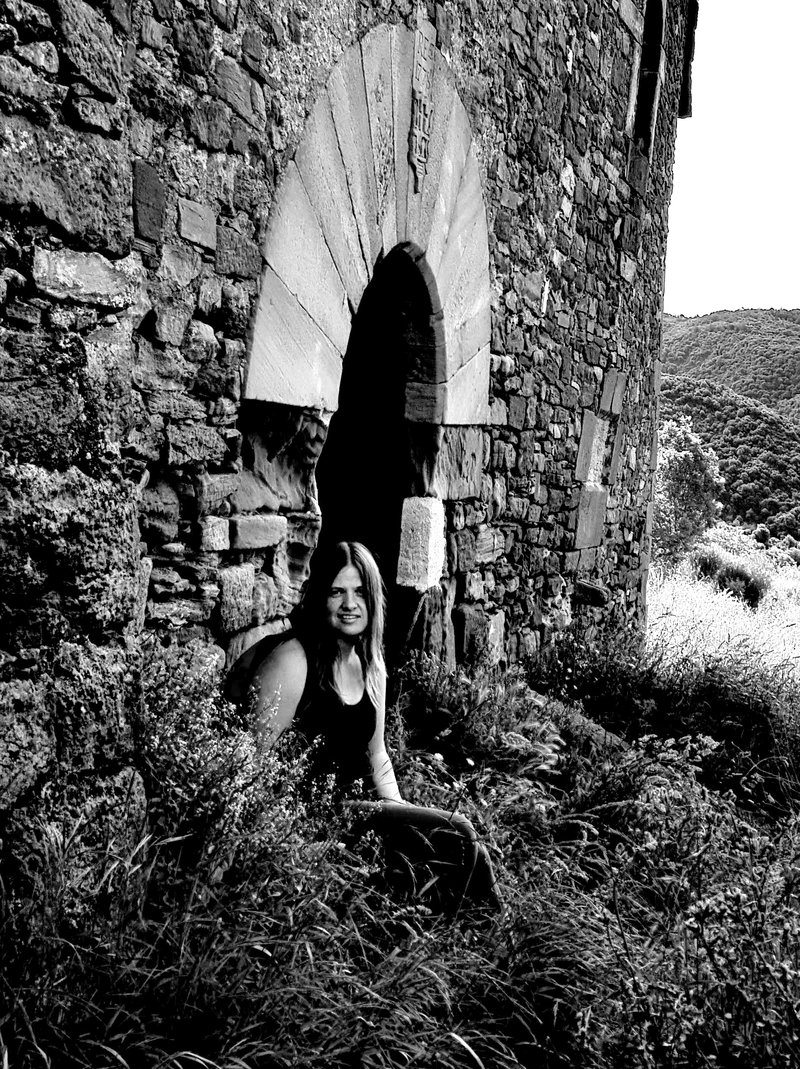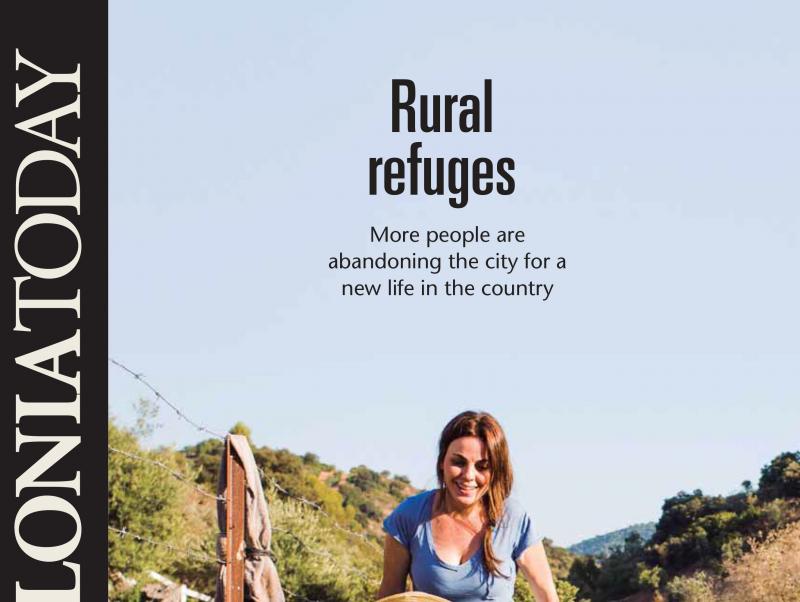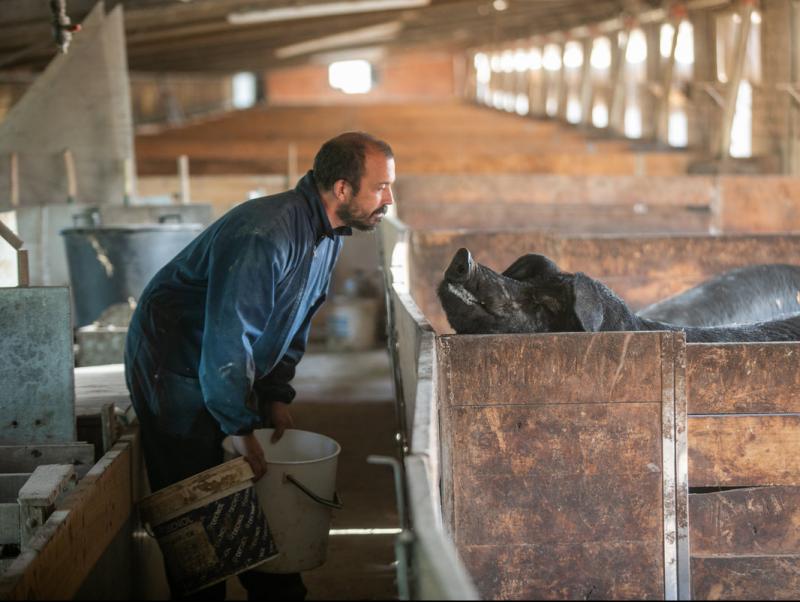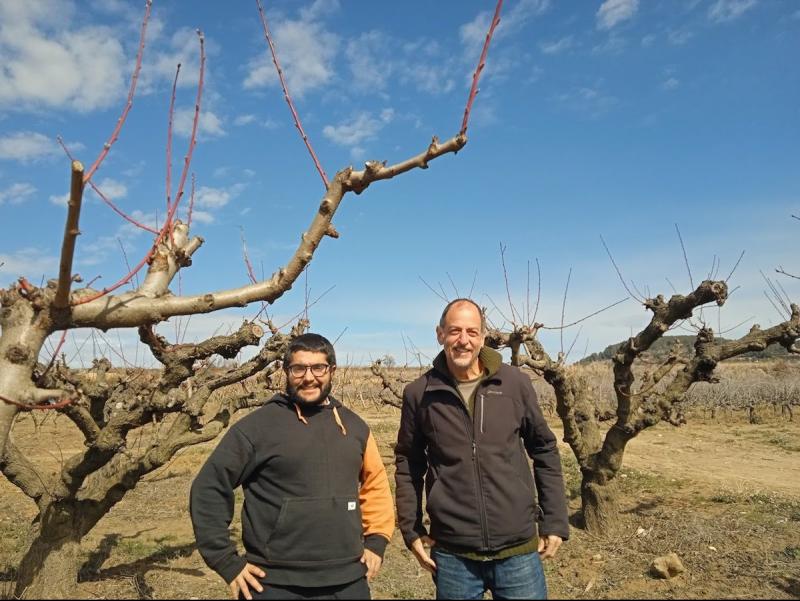Recessional heritage
Marta Lloret has published ’La caçadora de masies. Les cases de pagès, el llegat del nostre país’, in which she presents 15 Catalan farmhouses
Rural dramas are not a new genre in Catalan. They have been cultivated through classical authors such as Víctor Català (Caterina Albert), in narrative, and Àngel Guimerà, in theatre, with works such as Terra baixa. The former even has a collection of narratives entitled Drames rurals, and published Solitud 115 years ago, but the subject matter remains valid and the changes that have taken place in country living are well analysed. Without including the term drama, there are other recent titles such as Anna Ballbona’s No soc aquí, which received the Anagrama award, several by the author of Pallars, Pep Coll, La drecera by Miquel Martín and one with the flair of a classic rural drama, Terres mortes, by Núria Bendicho.
However, here we are not dealing with dramatic novels set in a rural environment, but rather the drama of a large part of rural life, putting the spotlight on the state of the many farmhouses that are being lost in Catalonia.
Marta Lloret Blackburn (La Garriga, 1982), known on social networks as La Caçadora de Masies (The Farmhouse Hunter), has been touring the country for years looking for emblematic farmhouses, talking to farmers and owners, portraying them, cataloguing them and, above all, highlighting their legacy and importance.
She has now published La caçadora de masies. Les cases de pagès, el llegat del nostre país, in which she has selected 15 farmhouses to present and describe. They are: Cal Nes (Baix Llobregat), Cal Rabella (Alt Penedès), Can Montcau (Vallès Oriental), Can Nualart (Vallès Oriental), Can Pasqual (Anoia), Can Rajol (Vallès Oriental), Cal Viladés (Bages), El Colomer (Osona), La Masó (Alt Camp), Rovira (Segarra), Sala de Sant Llogari (Moianès), La Saleta (Berguedà), Masada de Joanet de Pepet (Montsià), Mas Brigel (Gironès) and Mas Caritat (La Garrotxa).
Each farmhouse has a story full of life and emotion, in some cases, and drama and uncertain prospects in – too many – others. With this book, she wanted to provide the historical and personal context behind the 15 houses. Lloret has found worthy stories that reflect the current situation of Catalan farmhouses.
“It is not intended to be a manual or a work of history on the farmhouses, but a humble reflection on the legacy that exists between their stone walls, where they come from, where they are and how they are facing the future,” the author explains.
Very aware of the value of the country’s rural heritage and its progressive abandonment, since 2019, Lloret has shared photographs of the farmhouses she documents on social media. Regarding her passion for farmhouses, the author defines it as follows: “They are a physical testimony of our past, which tells us where we come from; it’s a heritage that teaches us how we lived here from very remote times, how buildings were constructed and how we managed to survive. It also explains how our environment is shaped, since farmhouses have always served as the backbone of the territory.”
COUNTRY LIfe




